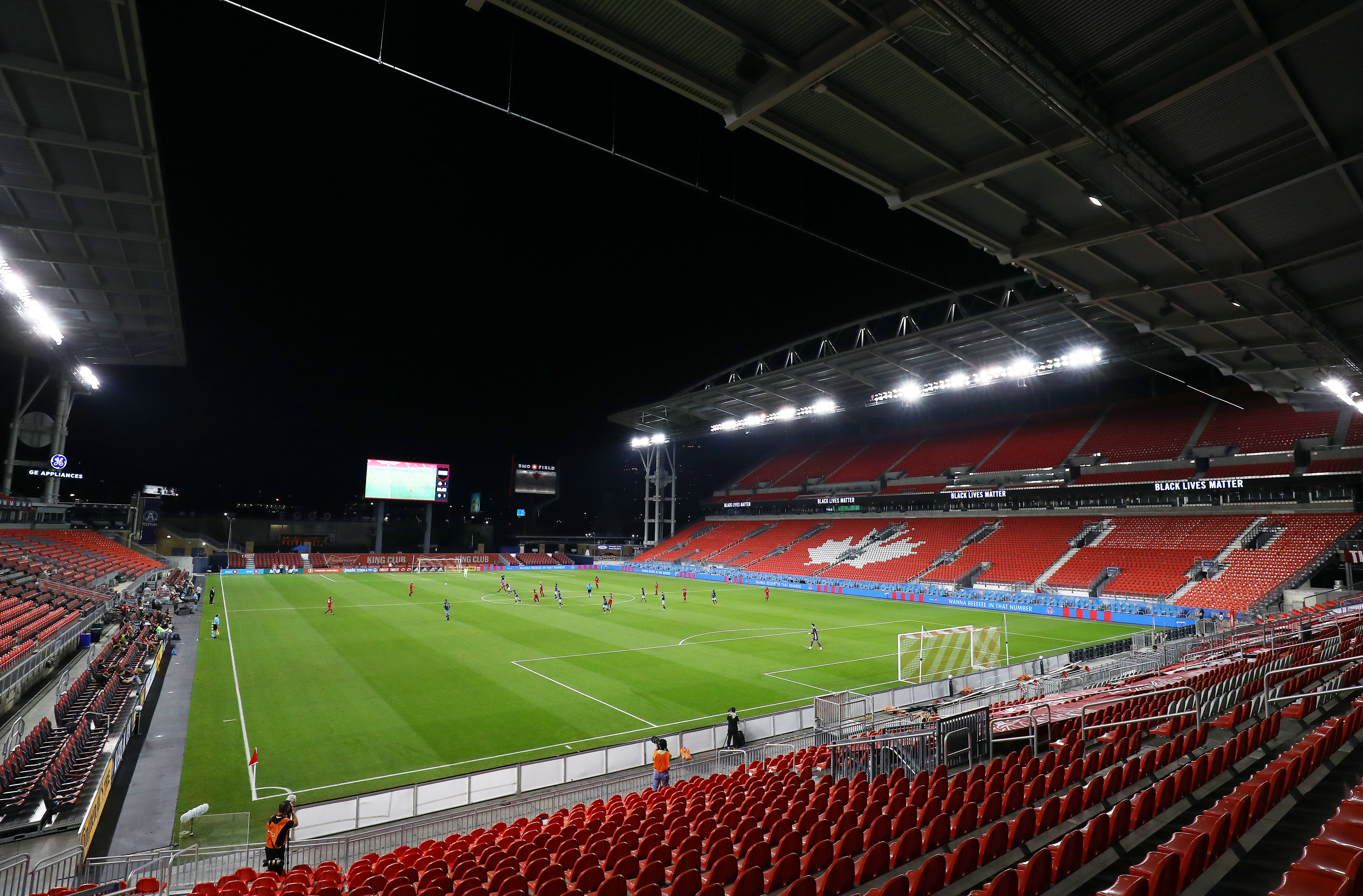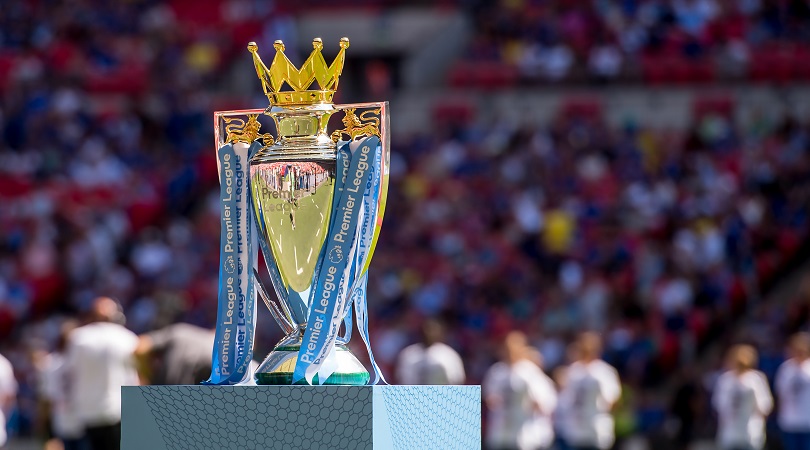
A can of worms...
Assessing the size of a football club isn’t simple. You can’t get the tape measure out and determine whether your club is reasonably Jordan Pickford-sized or a whopping Real Courtois.
To determine the relative size of each current Premier League club, we’ve taken into account five varied factors. Namely: history, recent success, UK fan base, global fame and, of course, financial clout. Here goes…
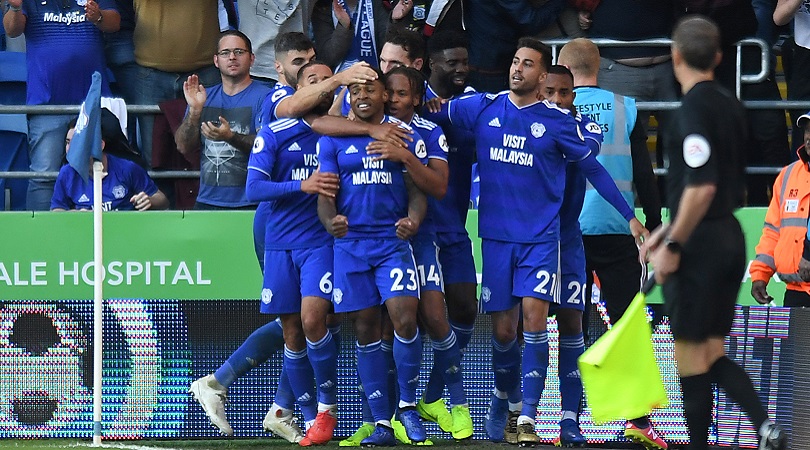
20. Cardiff
Don’t be too gloomy, Cardiff fans: you’re definitely the biggest Welsh club in the Premier League. In truth, the Bluebirds are impressively punching above their weight just by appearing in the top tier. They had only the 14th highest attendance in the Championship last season, with empty seats notable despite their promotion push.
The history books don’t help much, either. Cardiff won the FA Cup in 1927, but 2013/14 was their first top-flight season in 51 years. That stay lasted just a single season and their visit in 2018/19 could be similarly short, despite the reported $1.3 billion wealth of owner Vincent Tan.
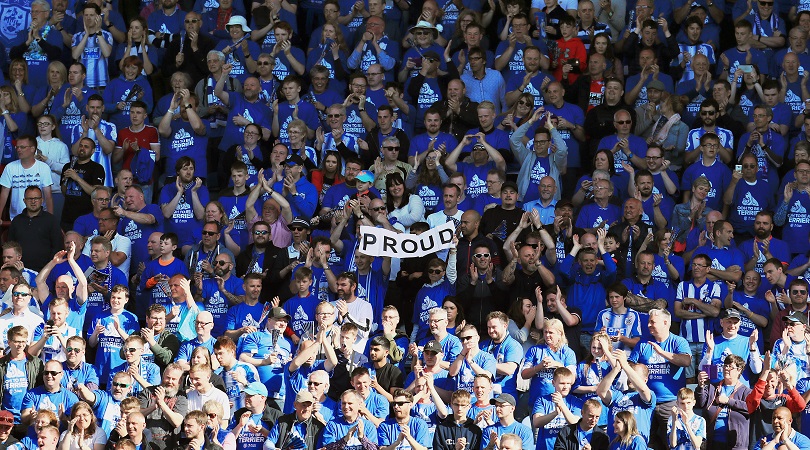
19. Huddersfield
As Terriers fans loudly remind rival supporters, this is a club that have “won the league three times in a row”. That prestigious hat-trick came in the 1920s, however, and the reason manager David Wagner is considered a miracle-worker is because he’s taken a club who were clinging to Championship status and led them to an unlikely Premier League promotion.
On the plus side, the John Smith's Stadium is a lovely ground and Town are investing in improved training facilities. Yet Huddersfield are some way off being the biggest club in Yorkshire, let alone one of the largest in the land.
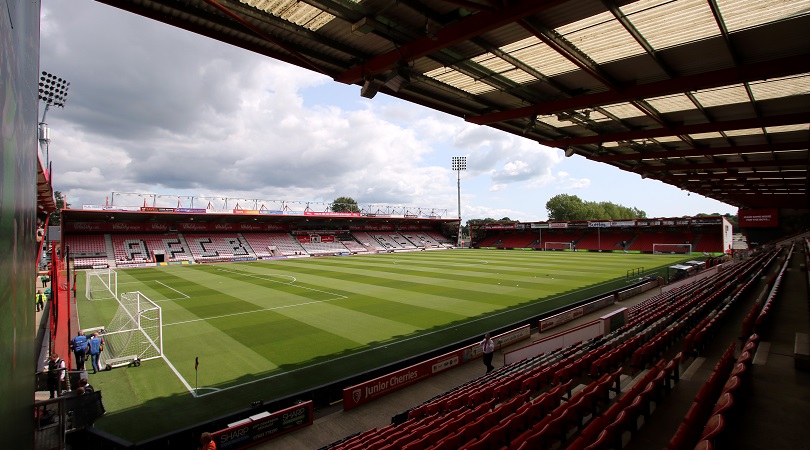
18. Bournemouth
The Cherries are a strange fruit. On the one hand, their piddly 11,000-seater stadium and the fact they’d never had a sniff of top-flight football until 2015 marks them down as the league’s minniest minnow.
Yet we can’t live in the past: since achieving promotion, Bournemouth have finished an average of 12th and invested in the squad (Colombia international Jefferson Lerma set them back £25m this summer). Meanwhile, plans are ongoing for a new stadium. Bournemouth may have little historical standing, but they’re writing their own history right now.
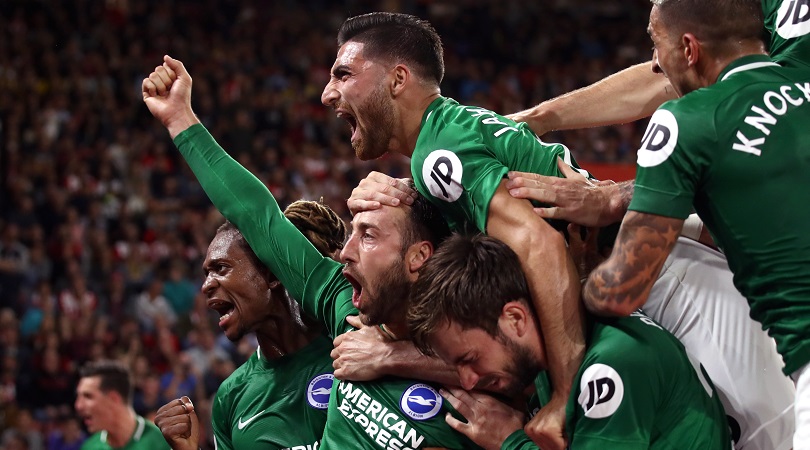
17. Brighton
A tricky club to place. Brighton have no glorious past, and as recently as 20 years ago they were staring into the barrel of liquidation and a place in the Conference. Promotion to the Premier League was no fluke, though, but rather a result of long-term planning and investment – particularly in a new 30,000-seater stadium.
Brighton are in just their second campaign of Premier League football and retain plucky underdog status. Yet owner Tony Bloom has spent over £100m on transfers since last summer and, with a decent catchment area for fans, the Seagulls are upwardly mobile.
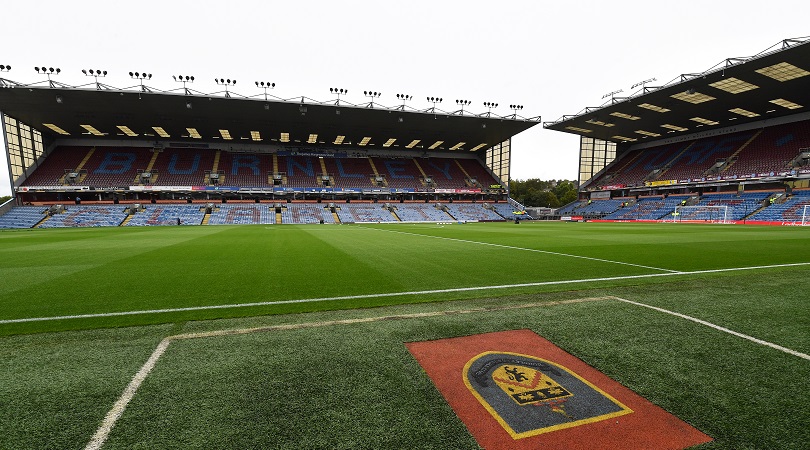
16. Burnley
Like Huddersfield, Burnley have ‘previous’, having won an FA Cup and two league titles in the past. Yet that was several generations ago and the club spent the majority of the 1980s and 1990s in the third and fourth divisions.
Sean Dyche has gradually established them as a Premier League club since his arrival in 2012; last season’s seventh-place finish may have been a dramatic overachievement, but it’s been done via prudent planning (Burnley had the Premier League’s lowest wage bill in 2016/17). They may not be a glamorous name, but the Clarets’ solid foundations put some of the go-for-broke big boys in the Championship to shame.
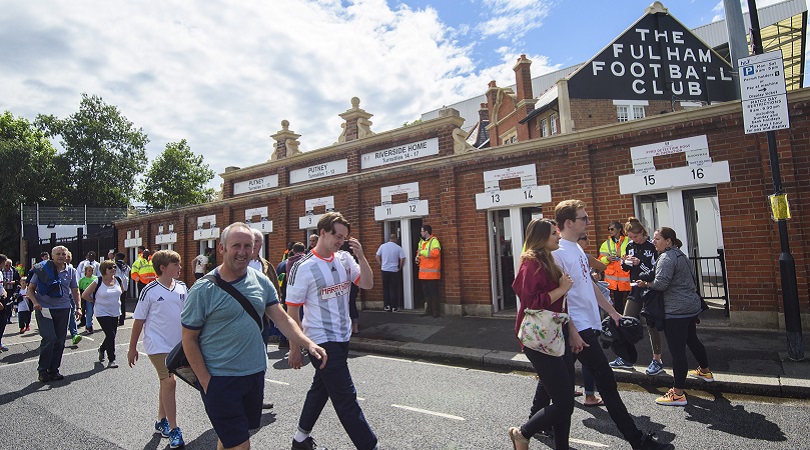
15. Fulham
No disrespect but Fulham feel like a small club. The homely, picturesque Craven Cottage stands in contrast to the shiny super-stadiums built by London neighbours Arsenal and (presumably one day) Tottenham.
Yet this sleepy club has grown in stature, sparked by Mohamed Al-Fayed’s purchase in the 1990s. Since 2001, Fulham have spent 14 out of 18 seasons in the Premier League and reached a UEFA Cup final. This summer the Cottagers, now owned by billionaire Shahid Khan, spent £25m on Jean Michael Seri – an ex-Barcelona target. Not so snoozy now.
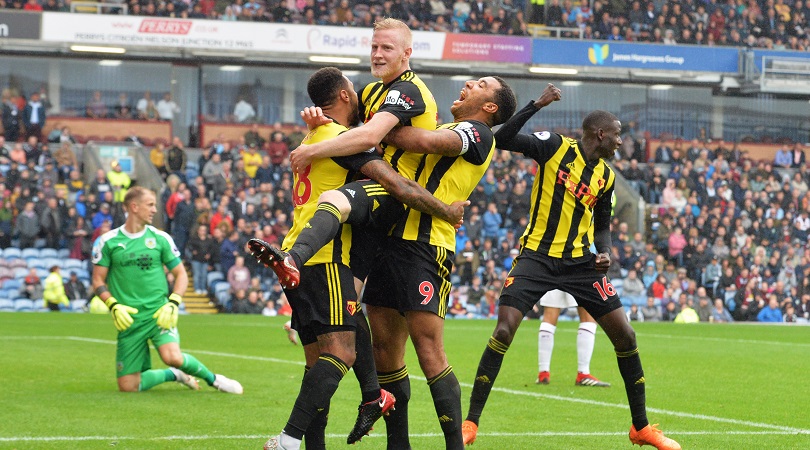
14. Watford
Lower-league tiddlers until the 1980s, when the dream duo of Graham Taylor and Elton John rocketed Watford up the divisions to the highs of an FA Cup final and runners-up spot in the league. They've yo-yoed a bit since, but Pozzo family investment has helped Watford cement their place in England’s elite.
Watford are now viewed as a destination club for promising players, albeit ones who may then head to bigger things (see: Richarlison). They’ve gradually expanded Vicarage Road, and their yellow-and-black kit is increasingly becoming part of the Premier League furniture.
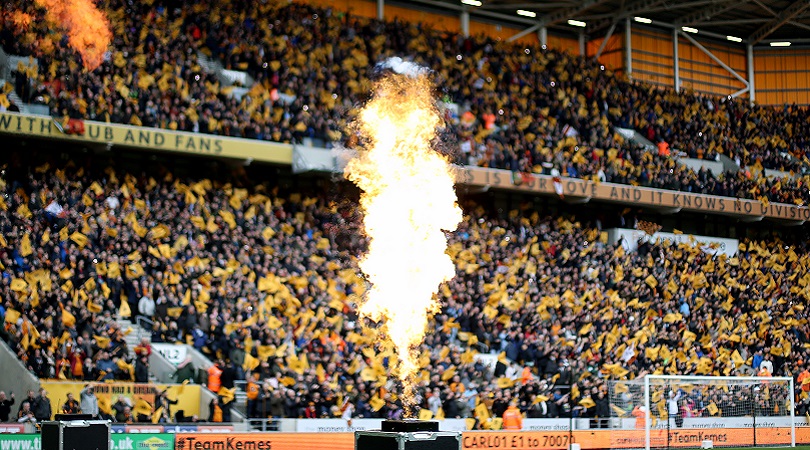
13. Wolves
Only Arsenal, Liverpool and Manchester United have accumulated more points in English football than Wolves, who were founded way back in 1877. Yet whereas those three giants have collected most of theirs in the top flight, Wolves’ have been spread across the divisions.
They were England’s dominant team in the 1950s, though, and they’re on the rise again thanks to their strong ties with Jorge Mendes. Now a destination club for prime European talent, Wolves look like a good bet for a top-seven finish this term.
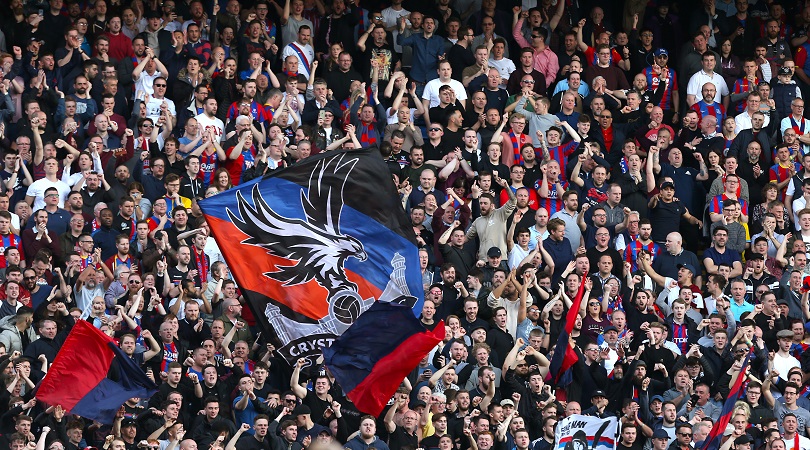
12. Crystal Palace
Palace’s trophy cabinet is bare save for the 1991 Zenith Data Systems Cup, but the Eagles feel like a growing, modern club. They’ve been in the Premier League for six seasons in a row – their longest ever stay in the top flight – and you only need to look at their playing staff to see that this is a stronger club than it first appears.
How many other clubs could have held onto Wilfried Zaha (the best player outside of the league’s top six) this summer? And while Christian Benteke has struggled, the fact that Palace can buy a Belgian international striker for £32m gives a hint of their financial muscle. A packed Selhurst Park also offers the best atmosphere of London’s larger sides.

11. Southampton
Southampton may have fallen into League One in 2009, but they’re a staple Premier League side. Since the top tier was rebranded in 1992, Saints have been participants in 20 of a possible 27 seasons.
The south coast club battled against relegation last term, but their average final position since promotion in 2012 is 10th. Southampton's academy is among the most productive in the land, and St Mary’s one of the Premier League’s 10 biggest stadiums with a capacity of 32,505.
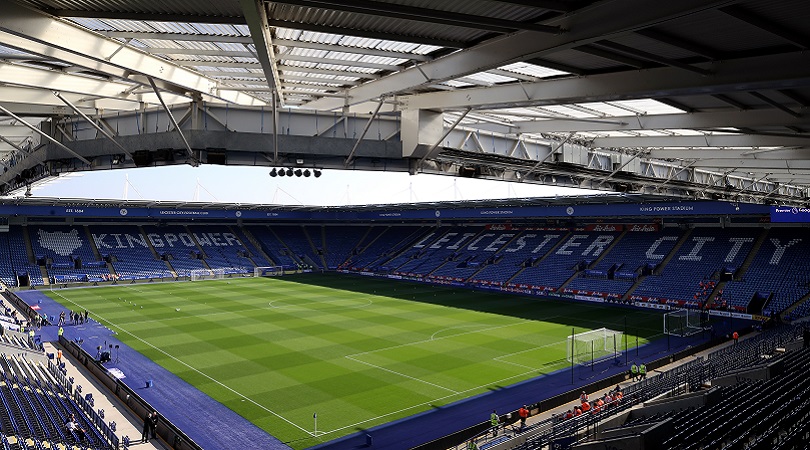
10. Leicester
Leicester’s extraordinary title success in 2015/16 and run to the last eight of the Champions League the following season has certainly boosted their profile around the globe. Despite having spent 11 of the last 17 seasons outside the top division, the Foxes are a household Premier League name.
It’s not all about Claudio Ranieri and 2016, though. This is a club that's won three League Cups and reached four FA Cup finals, while their impressive 32,315-seater stadium is one of the best new-builds in the land.
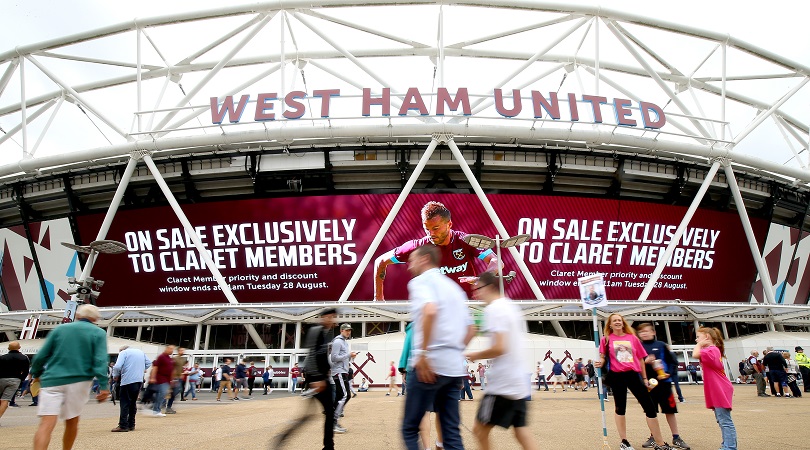
9. West Ham
West Ham fans, with tongue partially in cheek, like to claim they won the World Cup in 1966, but this is a club that has never scooped the top-flight title. Yet the Hammers have always had a reputation grander than their trophy haul (three FA Cups and 1965’s European Cup Winners’ Cup), and they’re undeniably one of the most high-profile outfits in England.
Their academy has produced numerous England internationals down the years, including many of those involved in the Three Lions’ greatest moment 52 years ago, and despite many supporters’ dislike for the London Stadium, it’s still the fourth largest in the country.
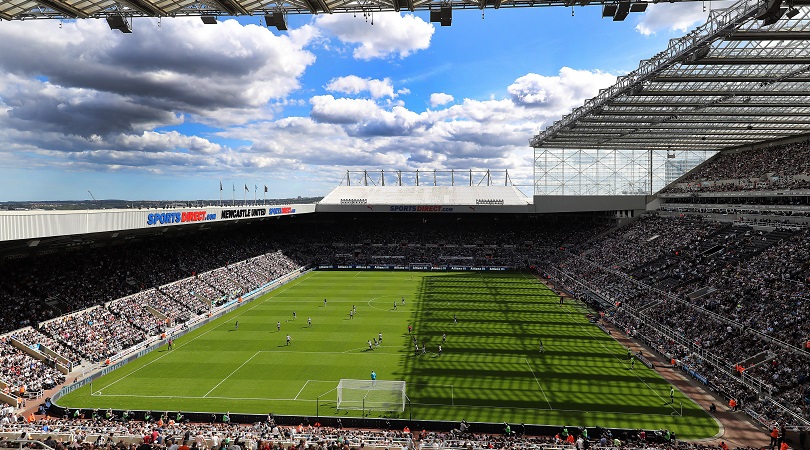
8. Newcastle
Newcastle haven’t won a major honour since 1955 and they’ve suffered relegation to the Championship twice in the last decade. Yet they remain one of the biggest clubs in England, thanks largely to a loud, loyal fan base which regularly packs out the 52,000-capacity St James’ Park.
Their trophy cabinet isn’t completely empty either, with the Magpies lifting the FA Cup six times and winning the First Division on four occasions. They finished as runners-up in the Premier League twice in the 1990s, meanwhile, and have competed in the Champions League this century.
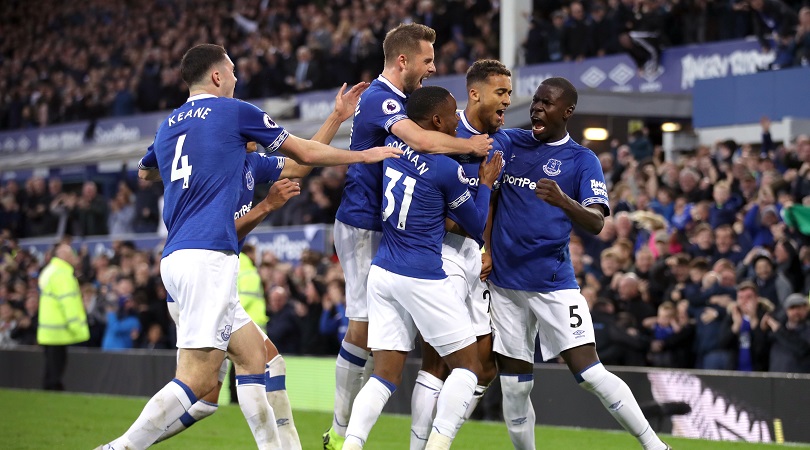
7. Everton
Everton have competed in the top flight for every season since 1954, and they’ve been crowned champions of it on nine occasions. When Greg Dyke set out to form the breakaway Premier League in 1990, he met with representatives of ‘the big five’, knowing that if he had England’s giants on board, the rest would follow.
Everton were a member of that exclusive group, alongside Arsenal, Liverpool, Manchester United and Tottenham. It’s understandable why Evertonians would dispute being ‘only’ England’s seventh-biggest club now, but their last major trophy was the 1995 FA Cup and they haven’t established themselves as a modern European power despite their rich history.
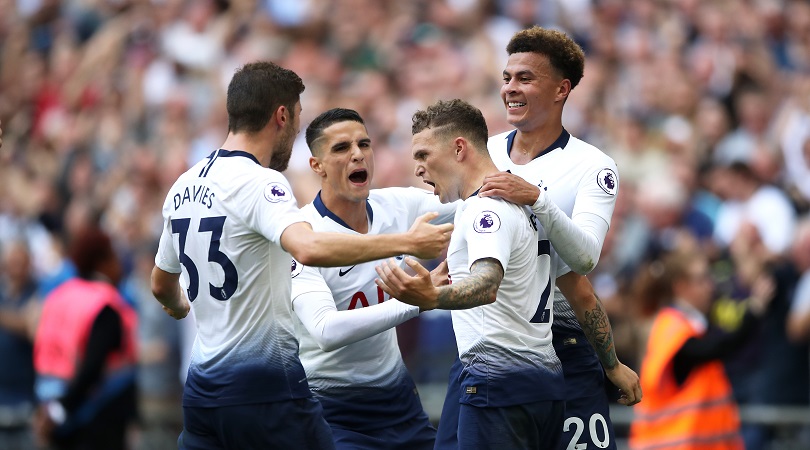
6. Tottenham
To put a negative spin on things, Tottenham haven’t won the league since 1961 or any sort of trophy for over a decade. They’re well-supported, yes, and have a reputation for playing exciting football, but the lack of silverware counts for something.
Yet it’s important to acknowledge that Spurs have made great strides in recent years, building an excellent academy, investing in training facilities and building a 62,000-capacity stadium which will supposedly open this season. This is also their third consecutive campaign in the Champions League, which is further evidence of a club going places.
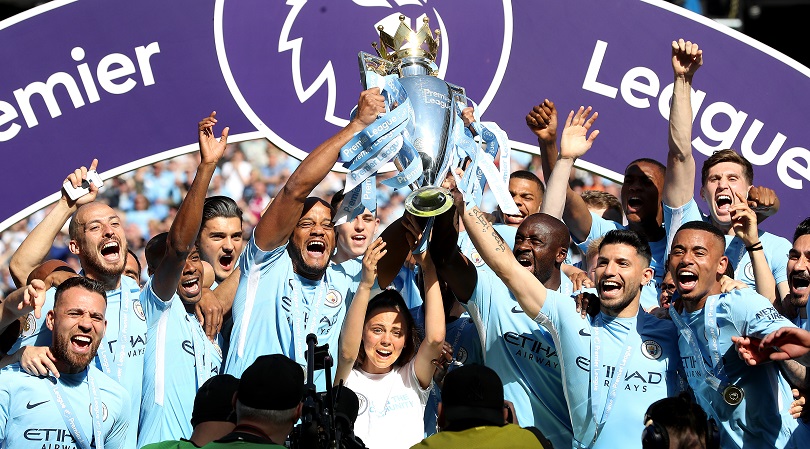
5. Manchester City
Reigning Premier League champions they may be, but even the most ardent of City supporters would struggle to argue that they’re the biggest club in the division. Indeed, they may currently have the best team in the top flight, but this is a side that hadn’t won the title in 44 years before Sheikh Mansour bankrolled their 2012 triumph.
City were a successful club in the late 1960s and early 1970s, though, and their support remained strong even when they dropped into the third flight in the late 1990s. Compared to the top four in this list, however, their fan base – both in the UK and globally – lags behind.
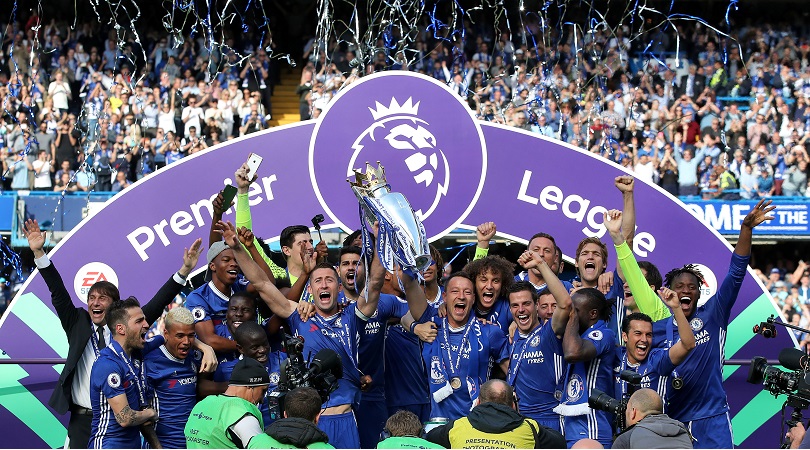
4. Chelsea
Roman Abramovich’s takeover in 2003 undoubtedly changed the course of Chelsea’s history. Since the Russian ploughed his roubles into the west London outfit, the Blues have won five Premier League titles, five FA Cups and the Champions League – becoming the first London club to win Europe’s foremost competition.
Their global following is strong, particularly in Africa thanks to the exploits of Didier Drogba, Michael Essien and John Obi Mikel at Stamford Bridge. Expanding said stadium to increase its current capacity of 41,837 should be Chelsea’s next step.
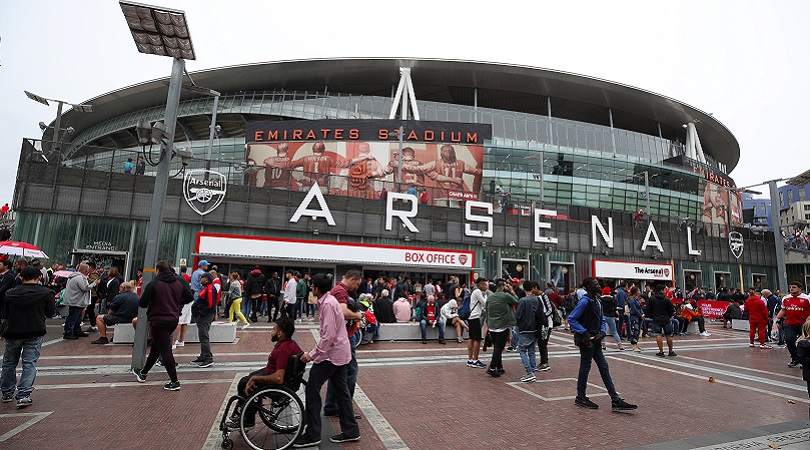
3. Arsenal
Arsenal may not have won the title since 2004 – Chelsea, by contrast, have claimed the biggest domestic prize five times since then – but they’re still the capital’s largest club. Thirteen league championships and a record 13 FA Cups see to that, while a decline in the latter years of Arsene Wenger’s reign didn’t seem to affect their popularity both in the UK and overseas.
The Emirates Stadium may not be home to Europe’s most ferocious atmosphere, but it’s a superb arena which has further increased Arsenal’s standing. The January signing of Pierre-Emerick Aubameyang also proved that the Gunners can still attract top players even without Champions League football.
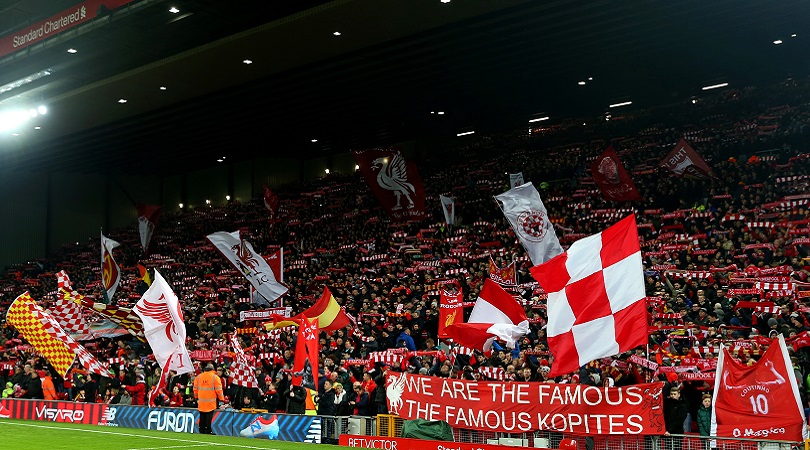
2. Liverpool
As the Anfield banners crow: European royalty. Five times champions of Europe – oh, and three UEFA Cup trophies down the back of the sofa, if you care to look. Plus just the 18 league championships.
It says something about Liverpool that, despite the last of those titles coming back in 1990, their status as a whopper of a club is rarely questioned. That’s thanks to a support that’s as widespread as it is impassioned. Liverpool have suffered indignities in the last 28 years: bad managerial appointments, poor ownership and top players flying the Kop, but the fervour among believers has rarely dimmed.
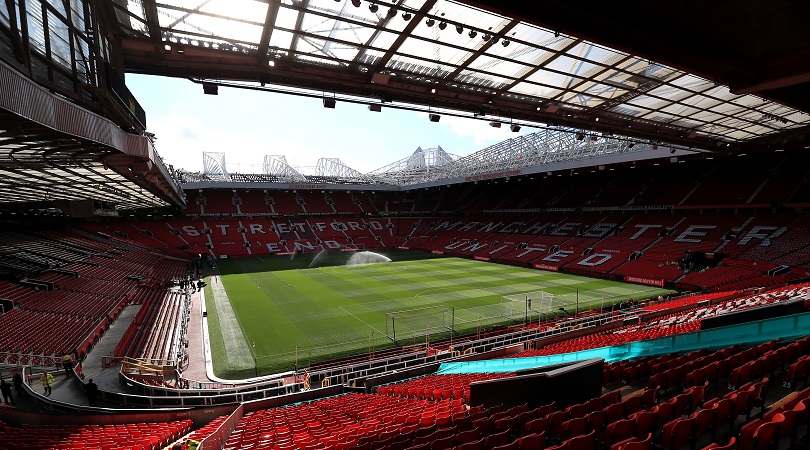
1. Manchester United
Manchester United’s status as England’s grandest name was forged by Matt Busby, who made United European pioneers, survived the Munich air disaster (even if many of his players tragically didn’t), then helped his side become England’s first European Cup winners in 1968.
The club floundered in the 1970s and ’80s, yet even then when Liverpool were racking up honours, you could still make an argument that United had the aura of England’s most famous club. Then Alex Ferguson arrived and went on to end almost all arguments by making United England’s most successful modern-day club, as well as its biggest draw. Even in their post-Fergie strife, they’re the biggest news story in town.
Greg Lea is a freelance football journalist who's filled in wherever FourFourTwo needs him since 2014. He became a Crystal Palace fan after watching a 1-0 loss to Port Vale in 1998, and once got on the scoresheet in a primary school game against Wilfried Zaha's Whitehorse Manor (an own goal in an 8-0 defeat).

